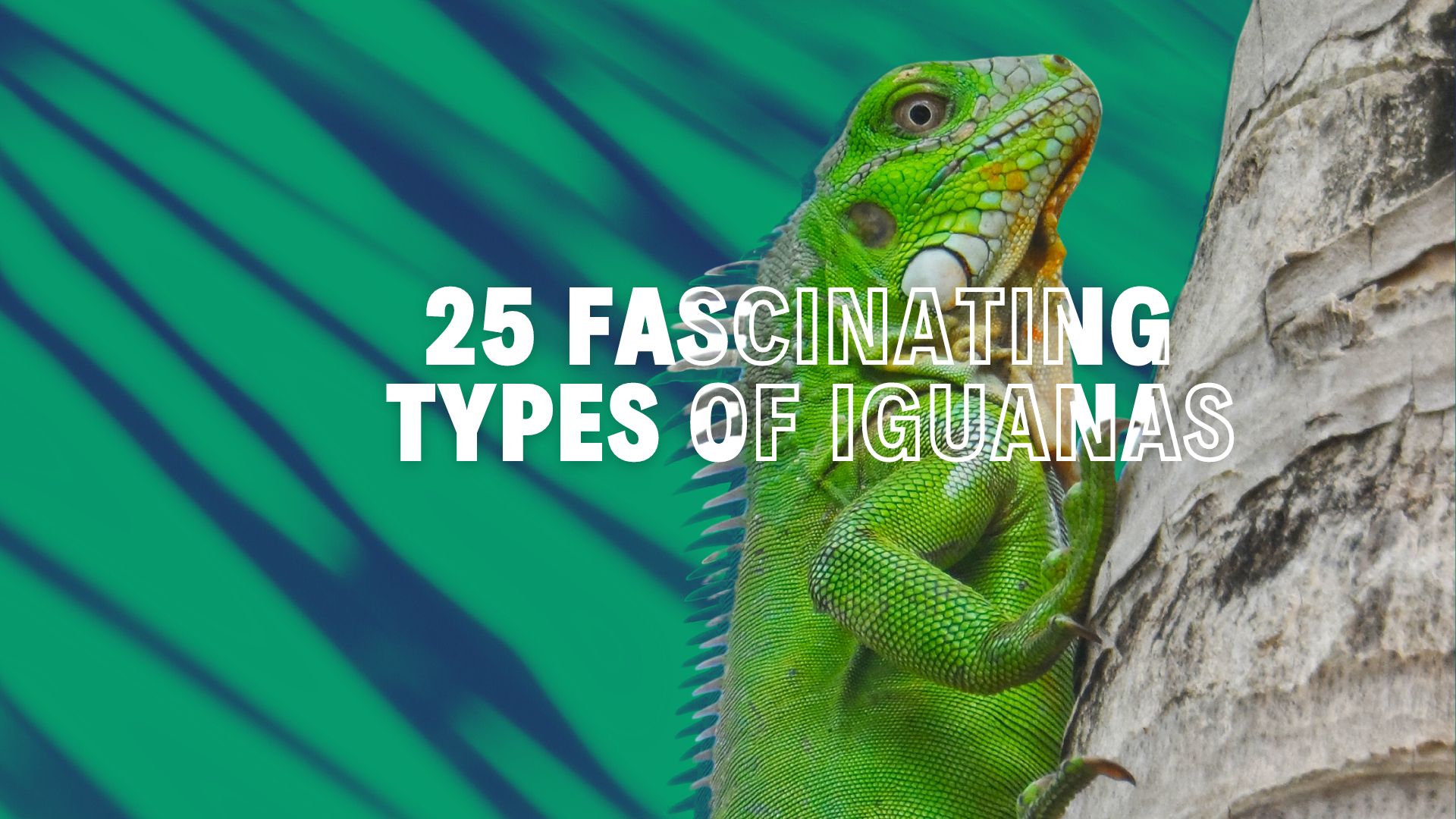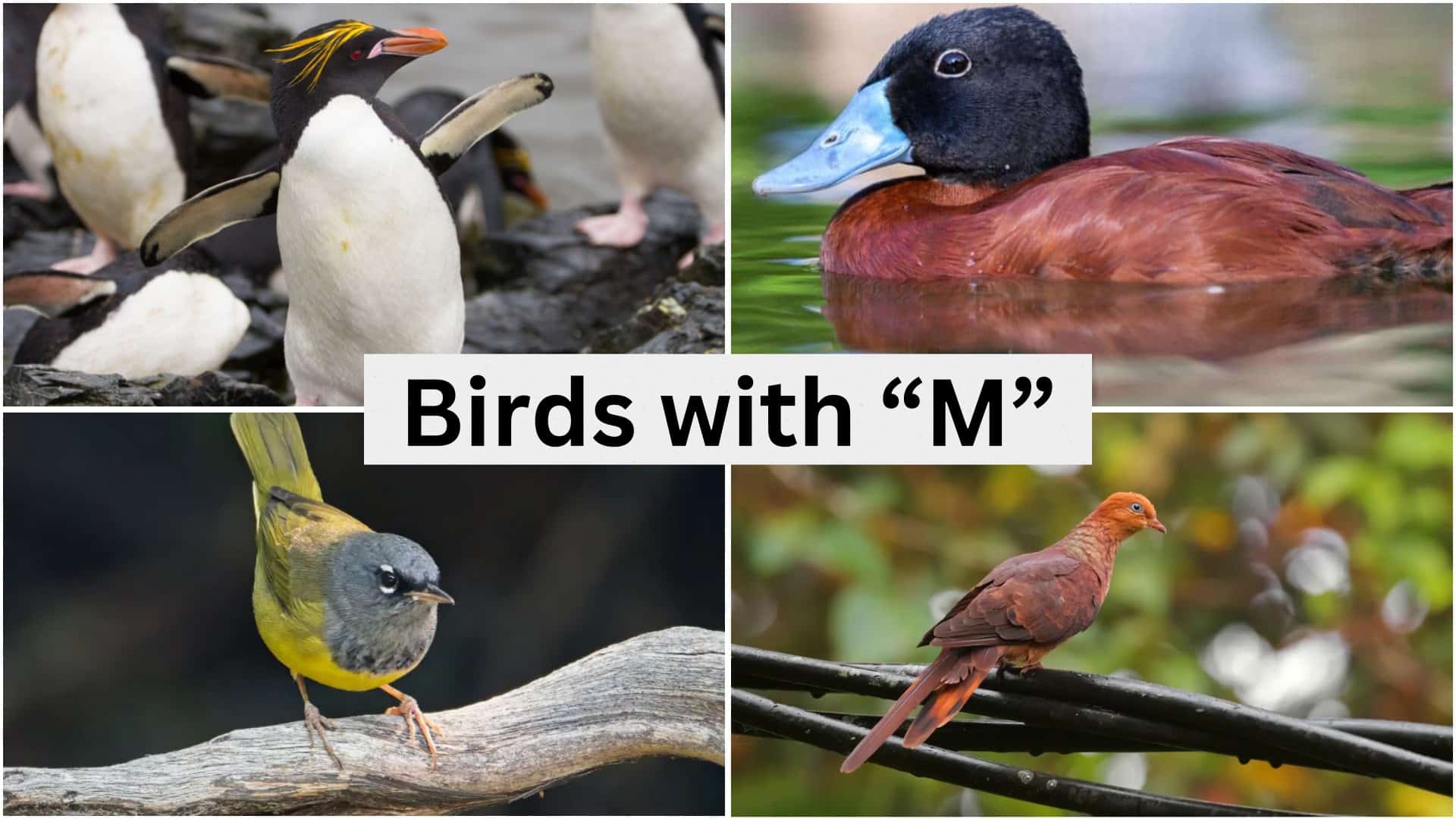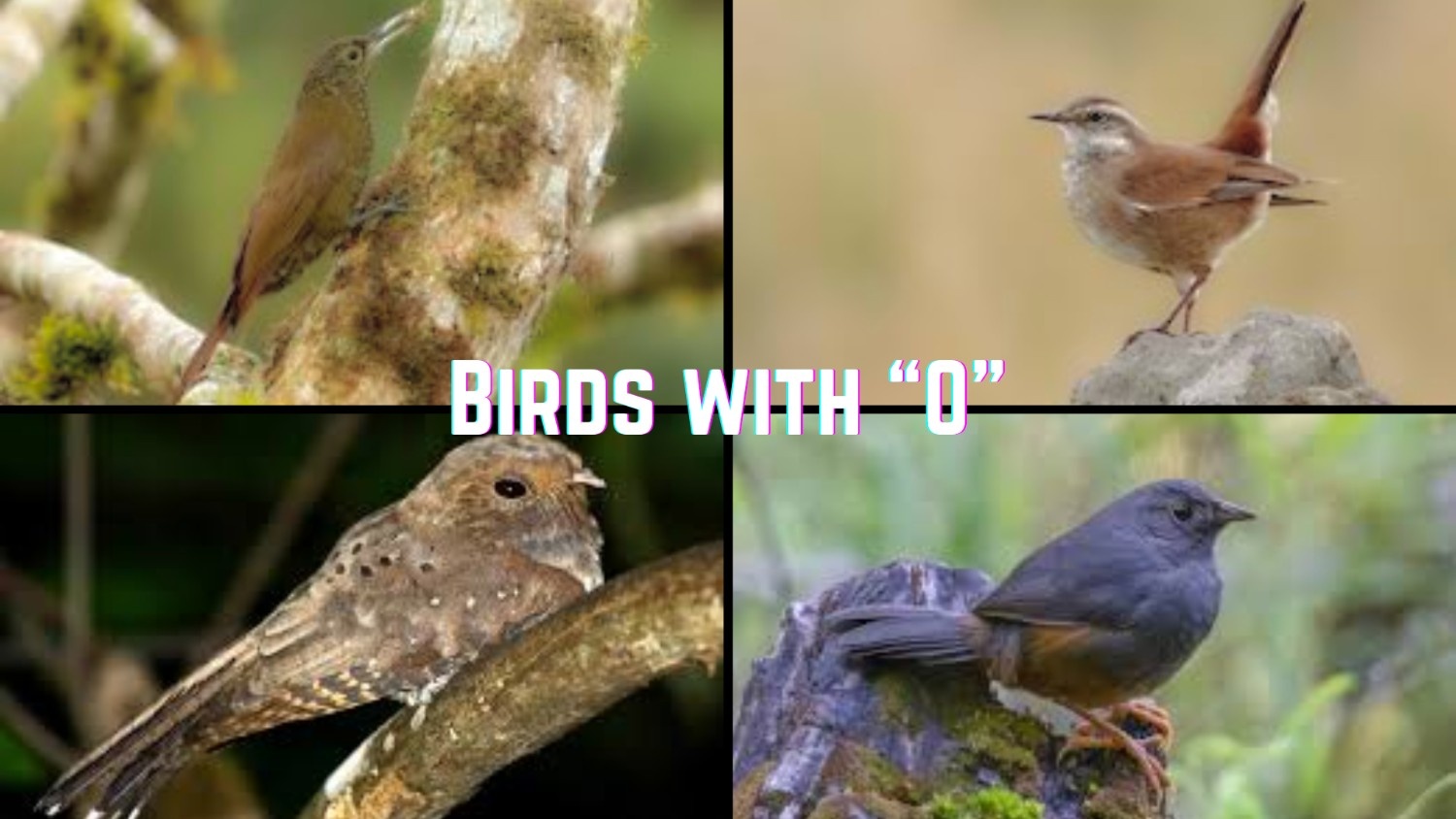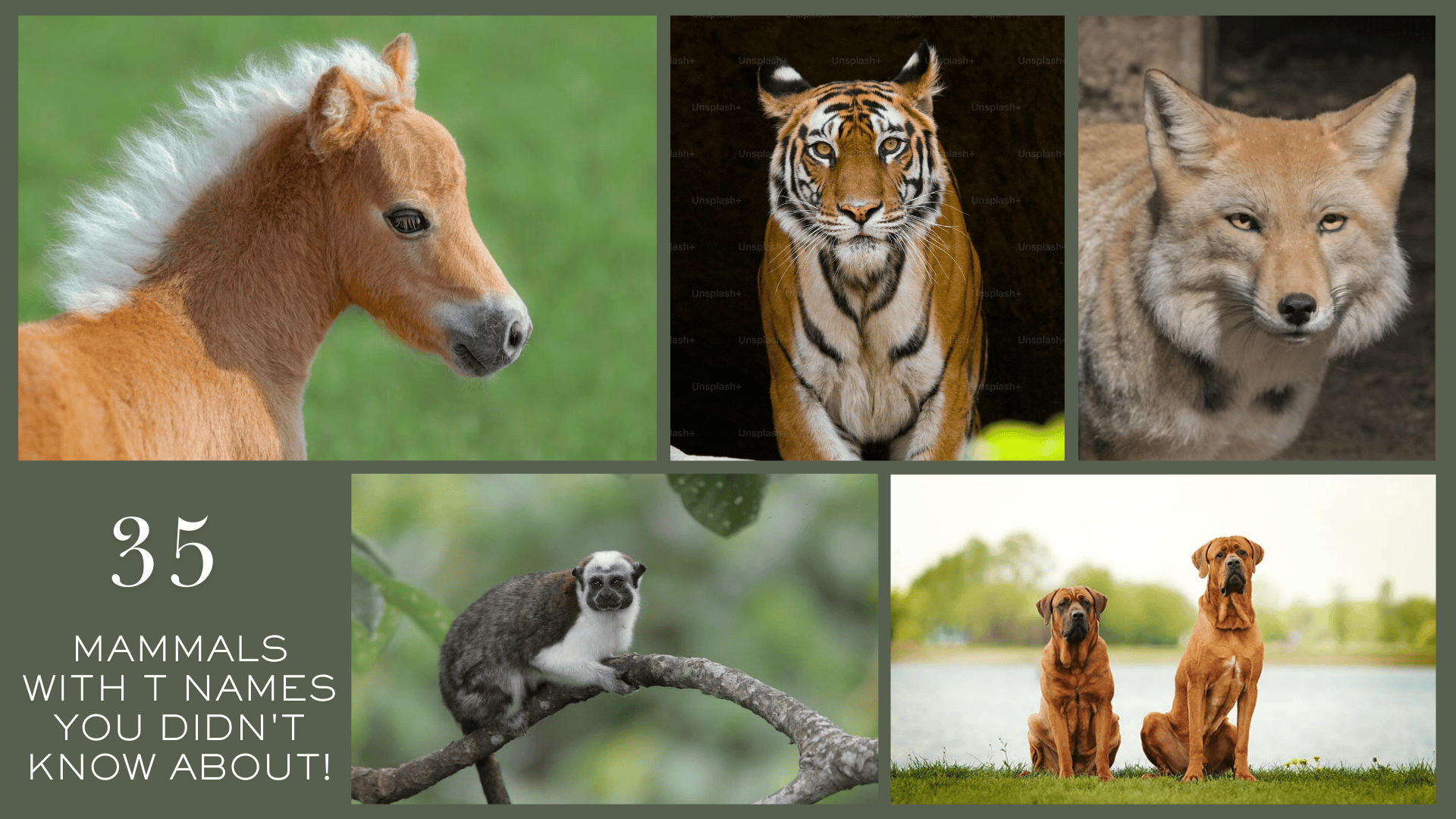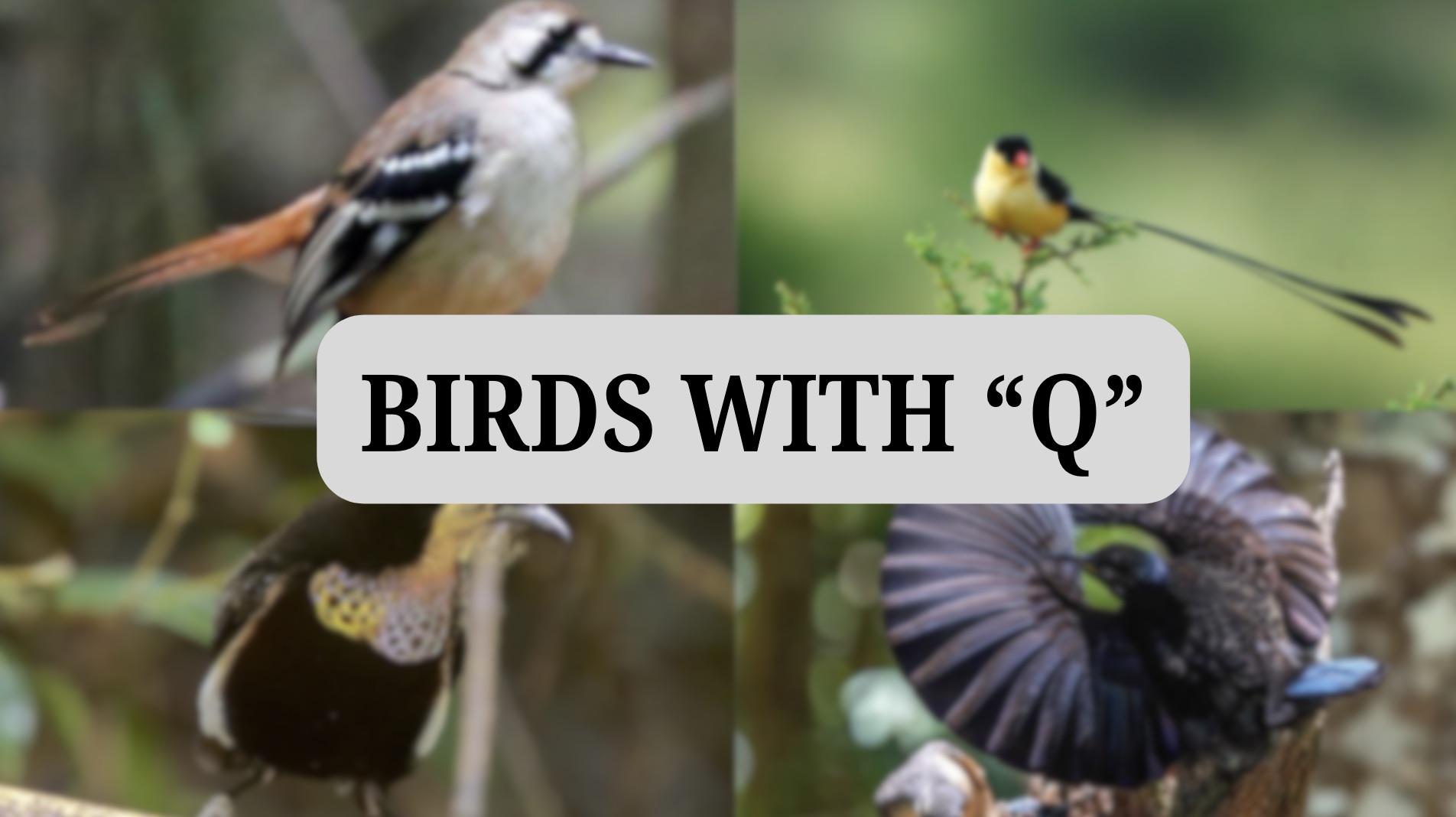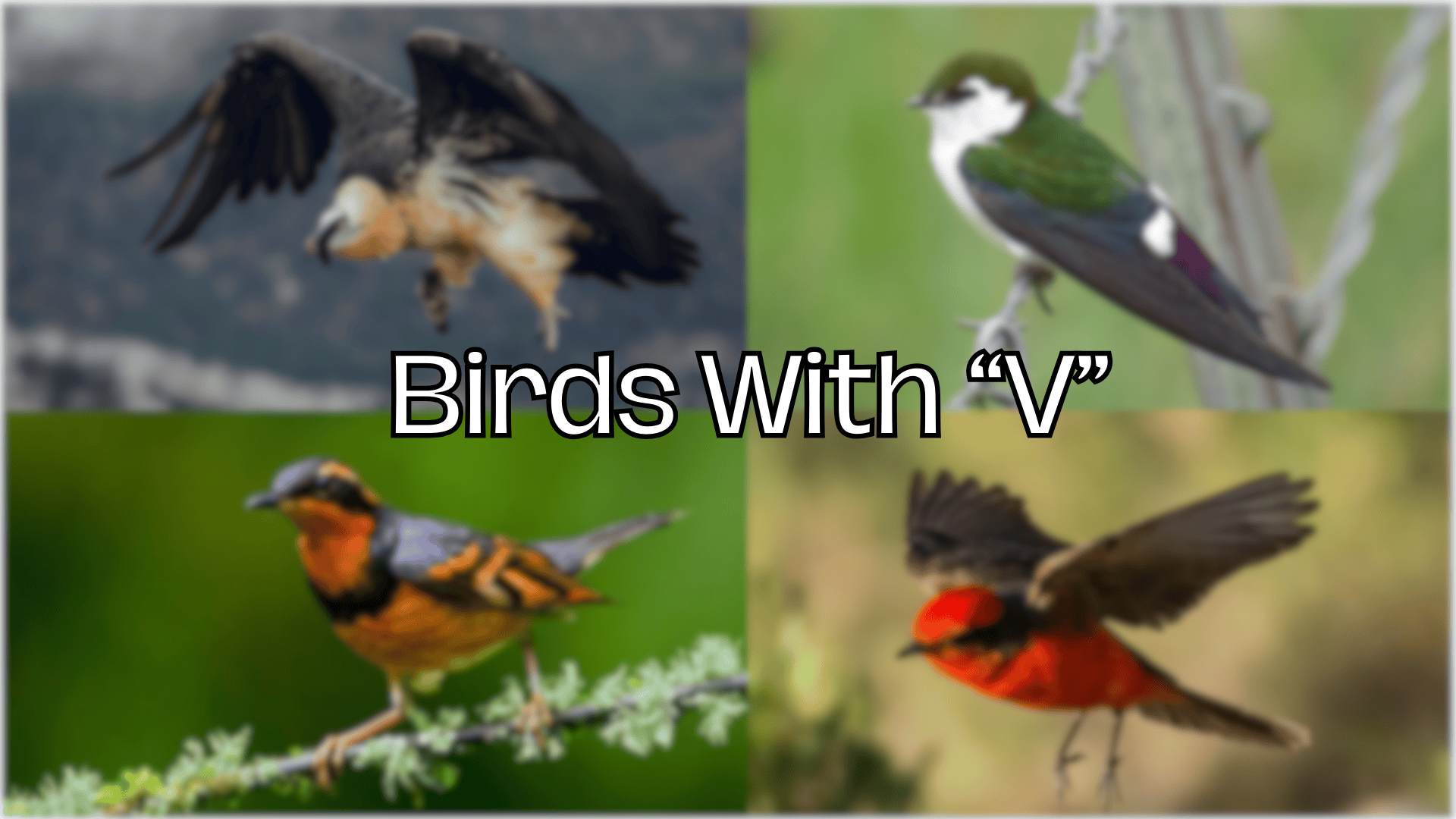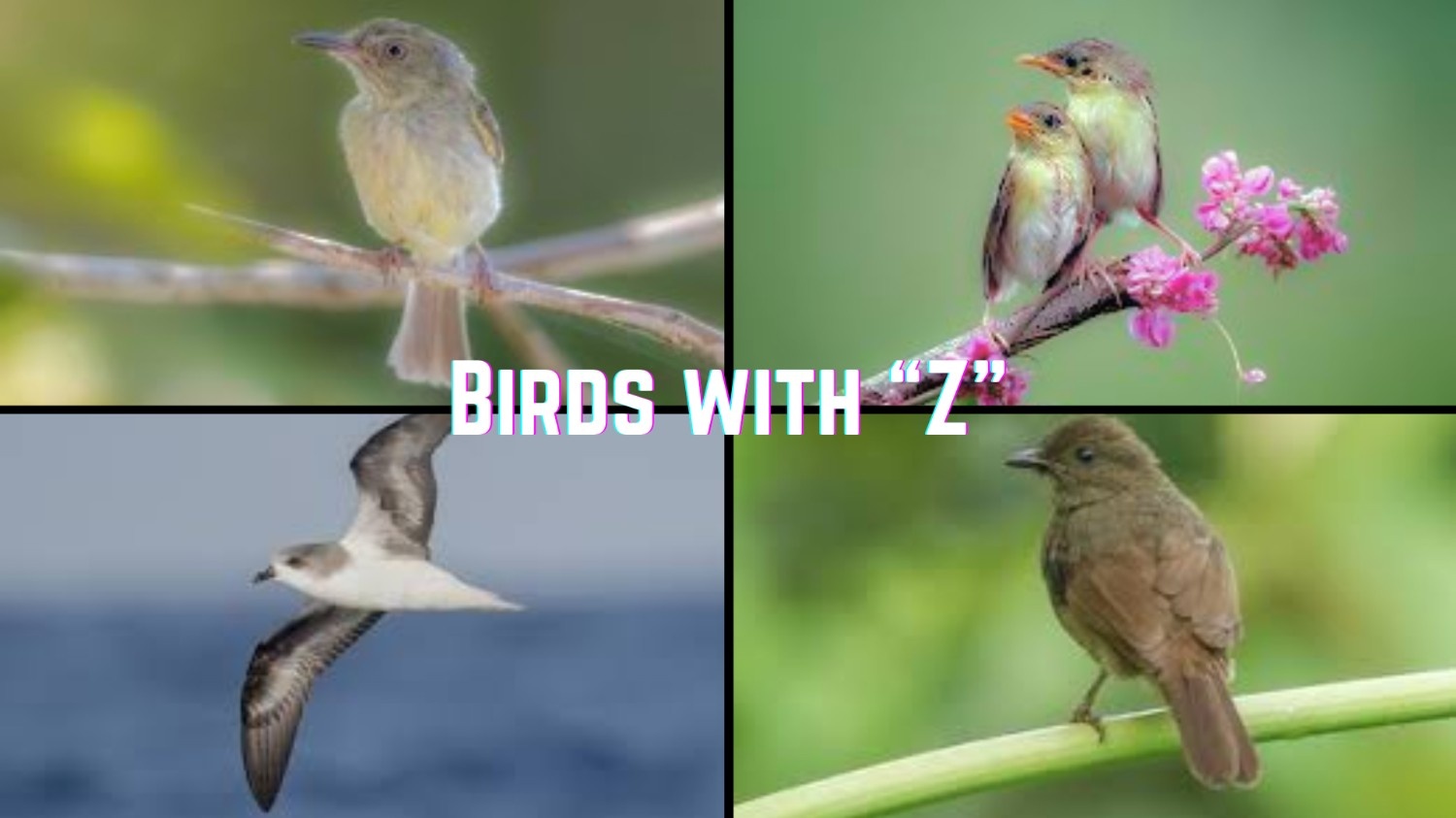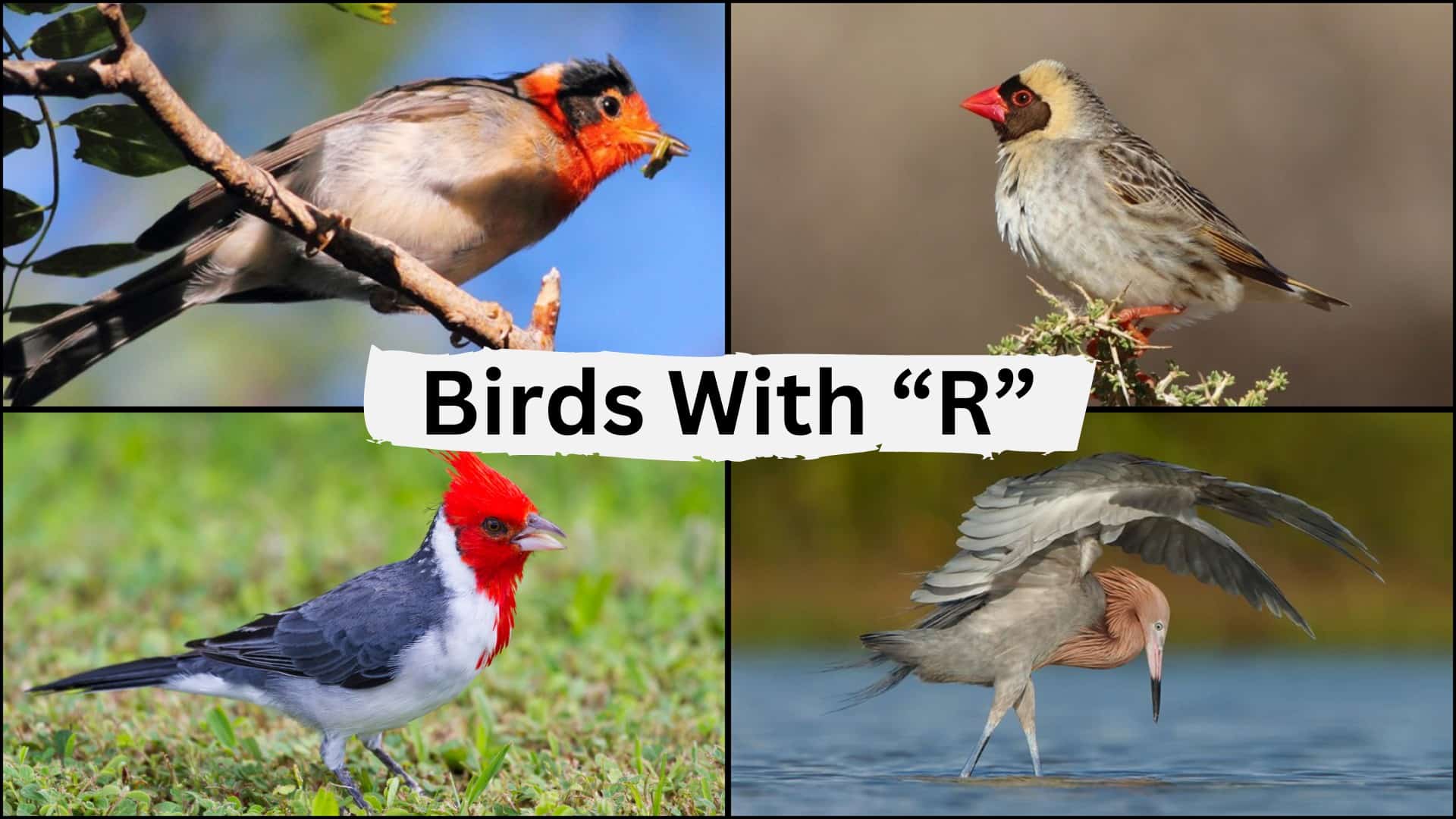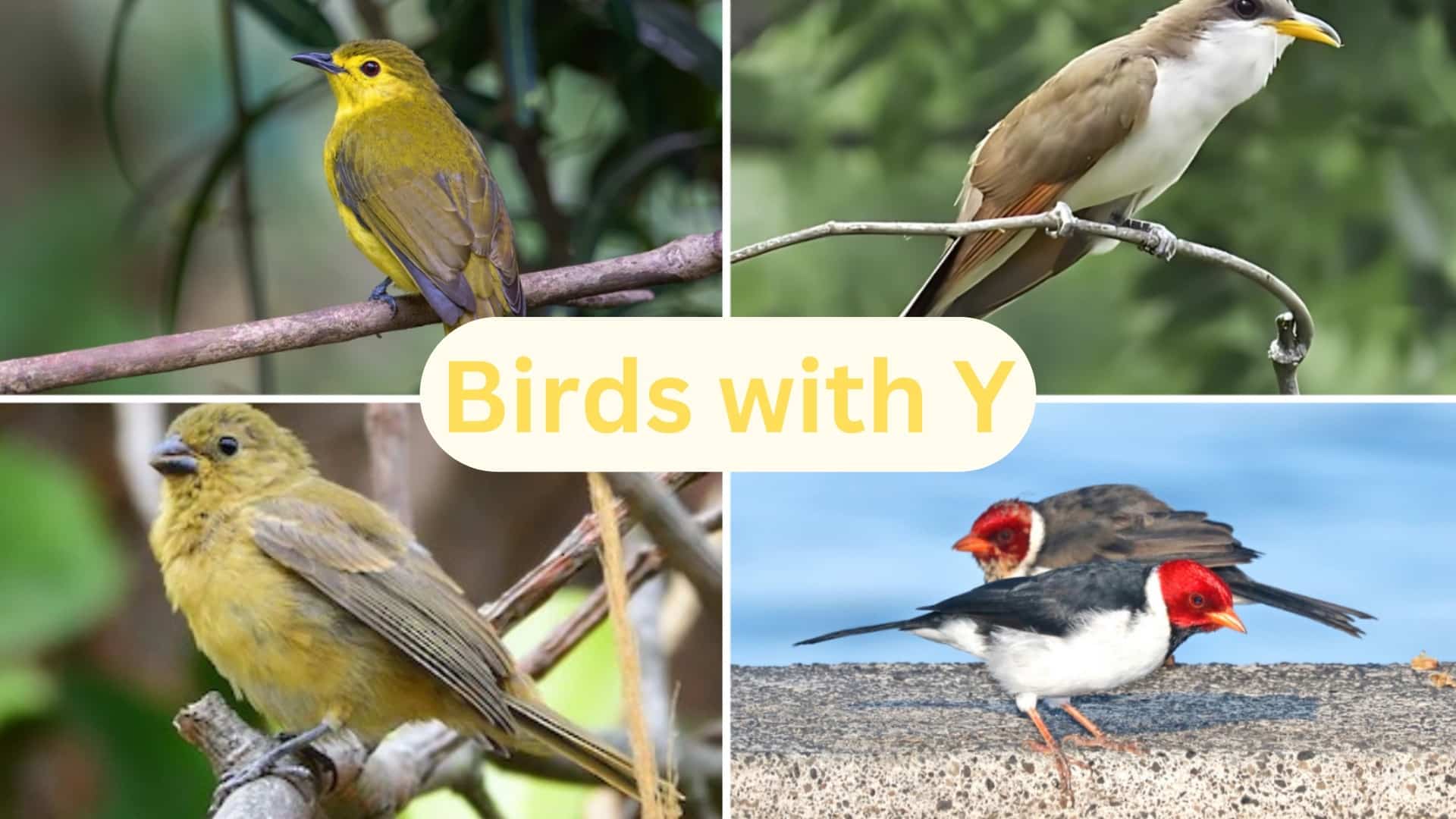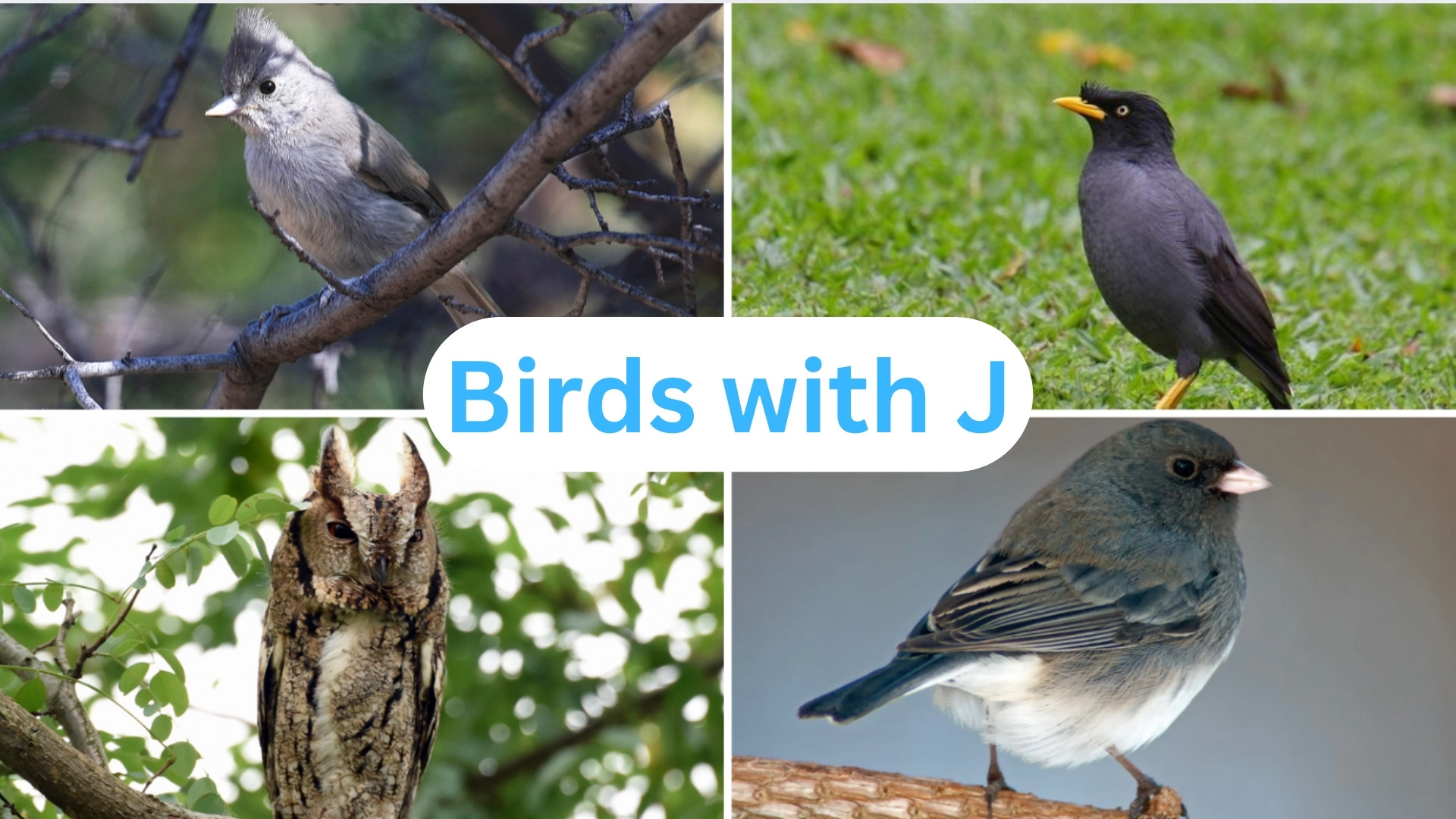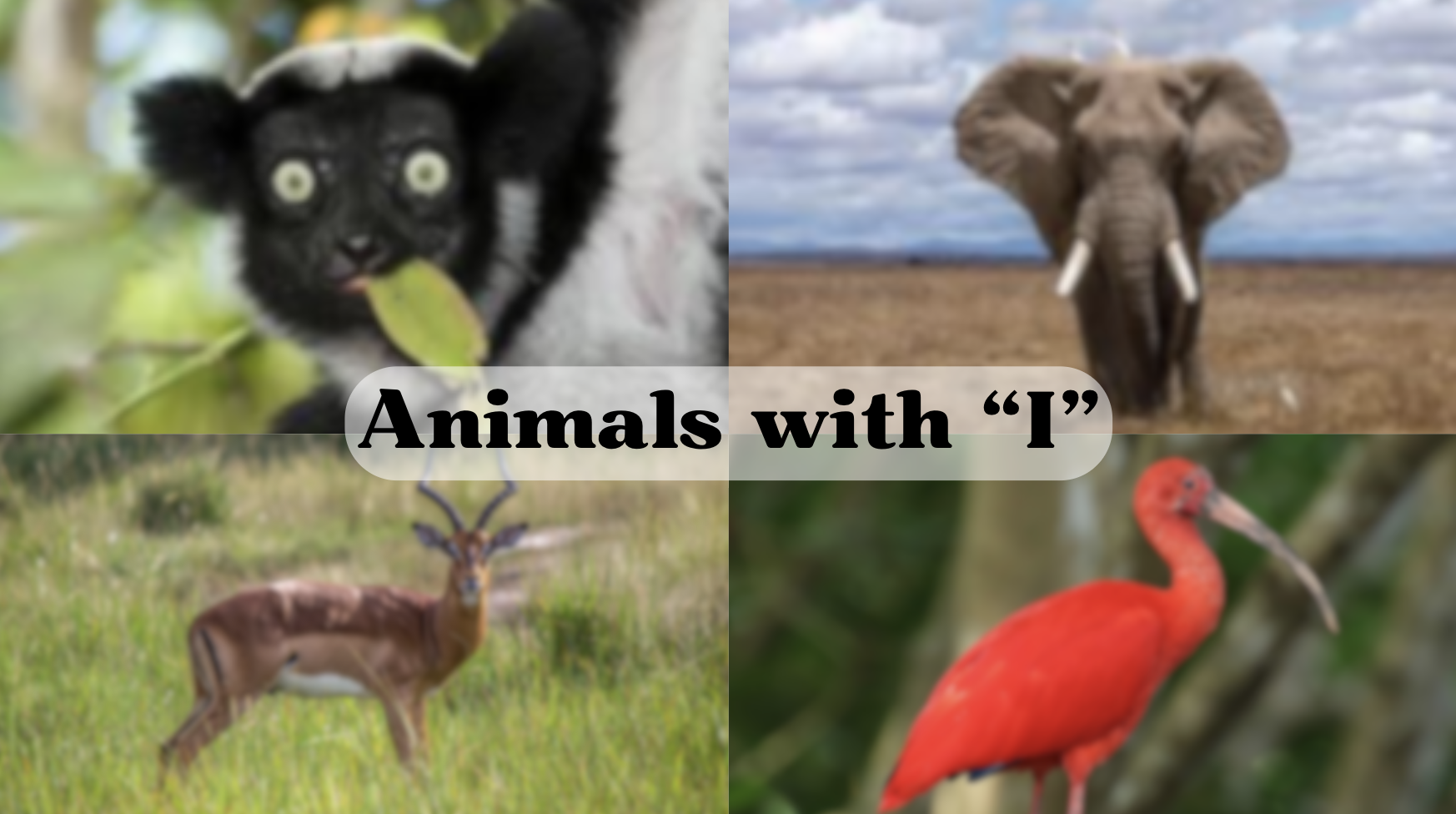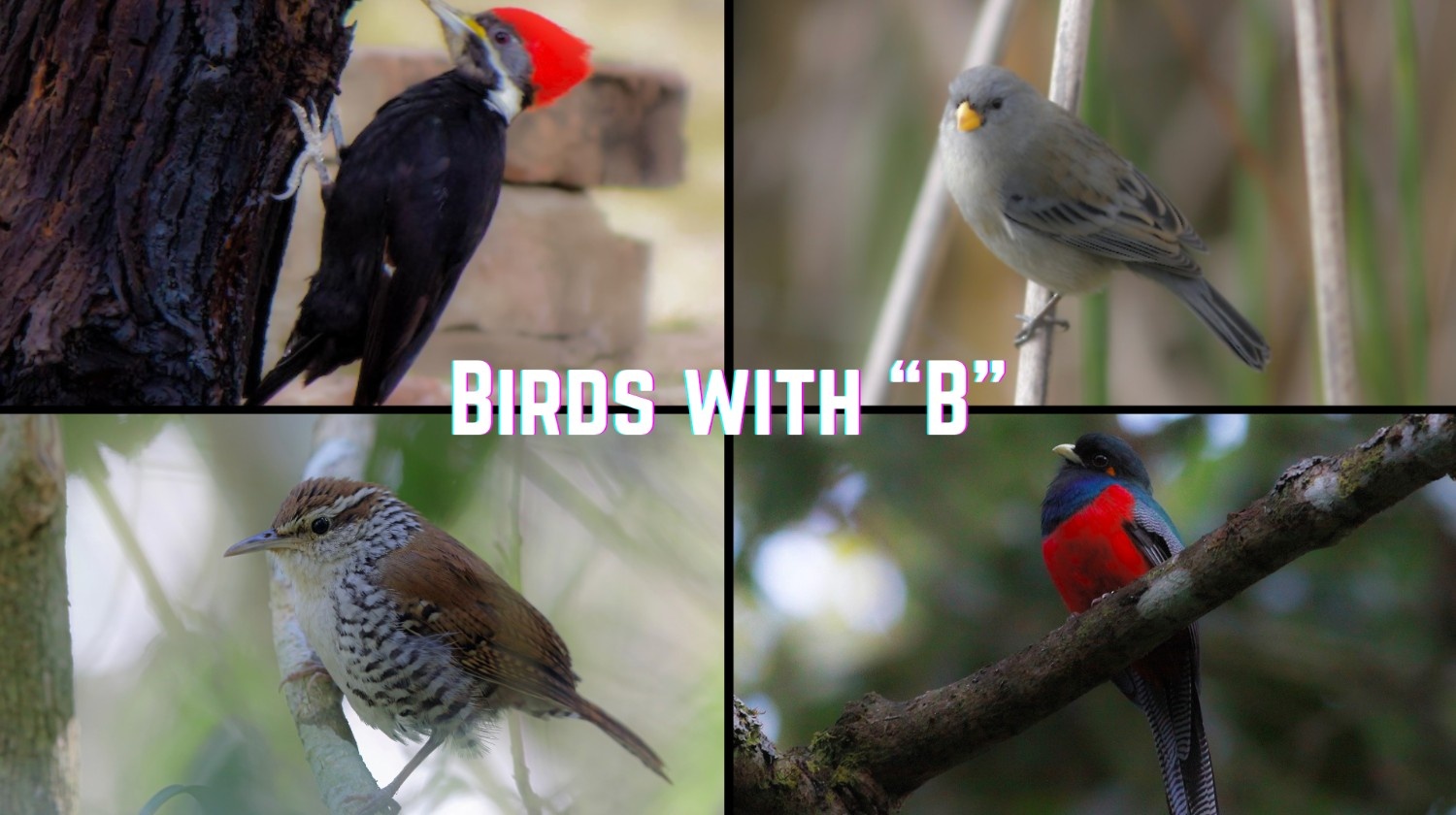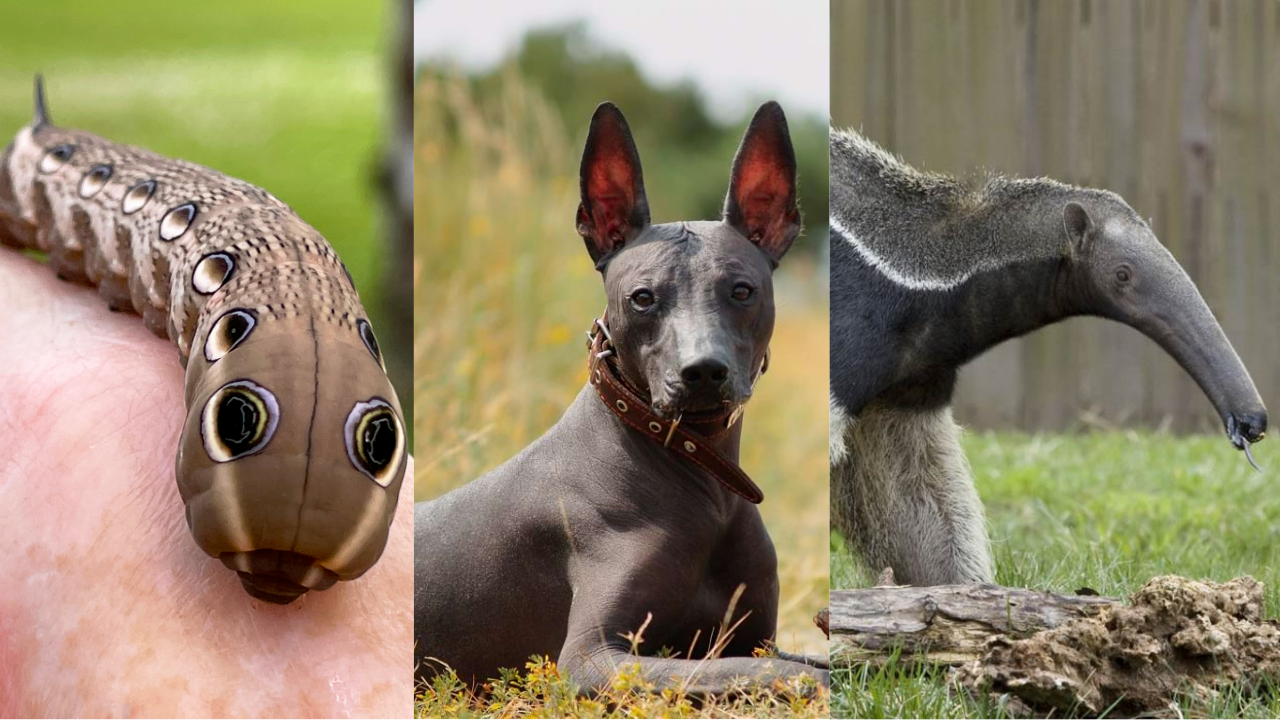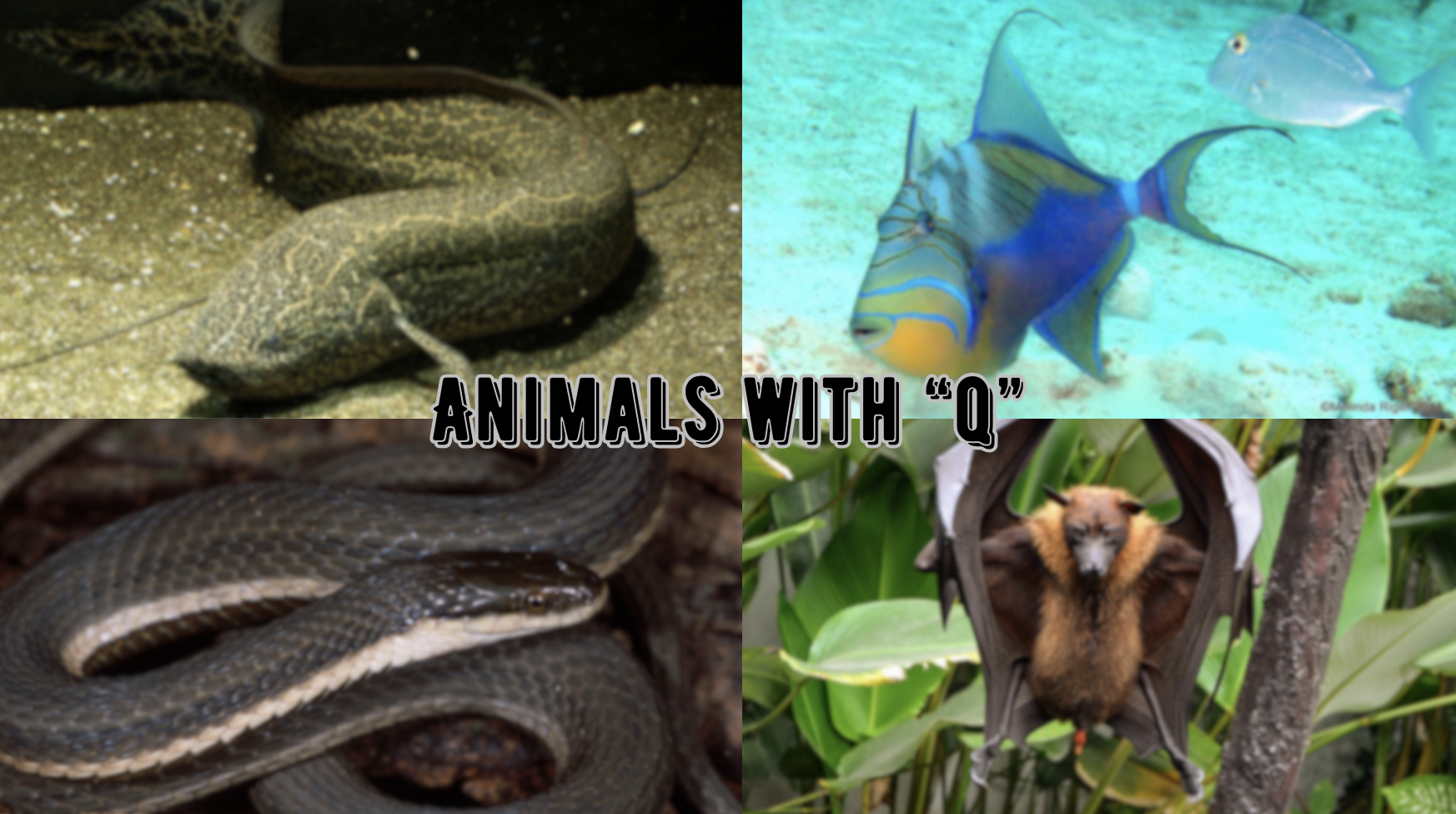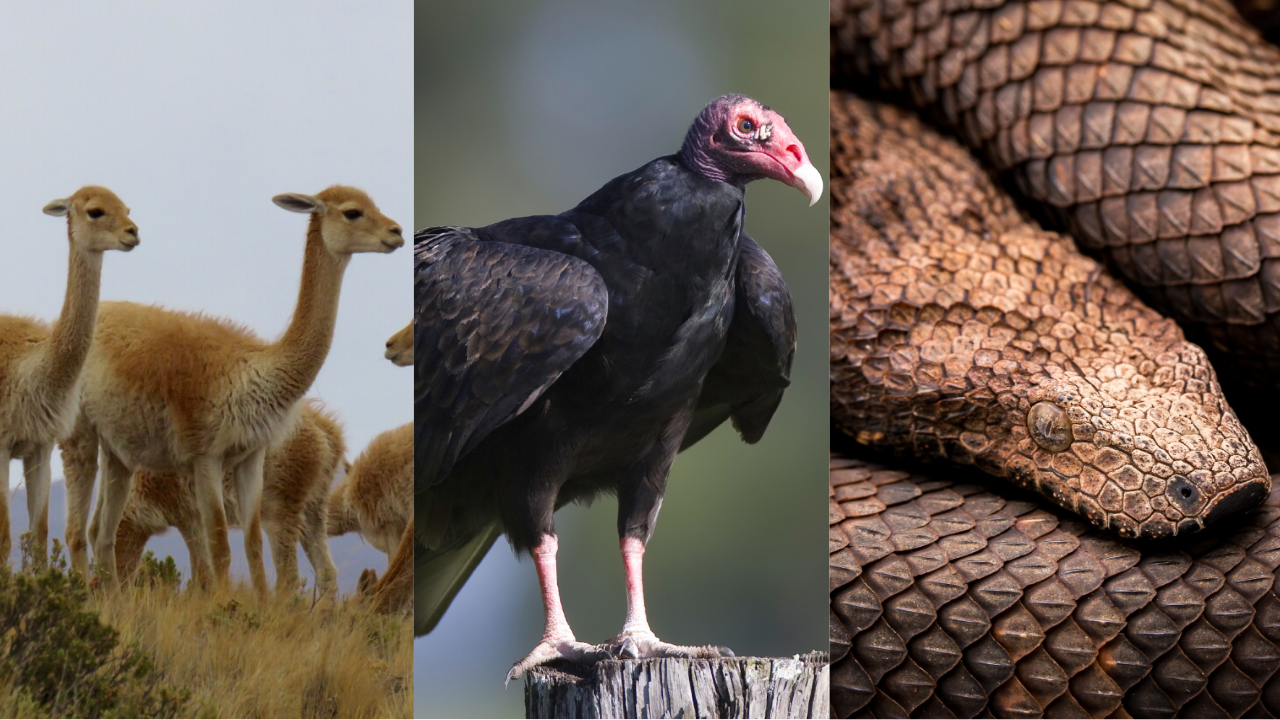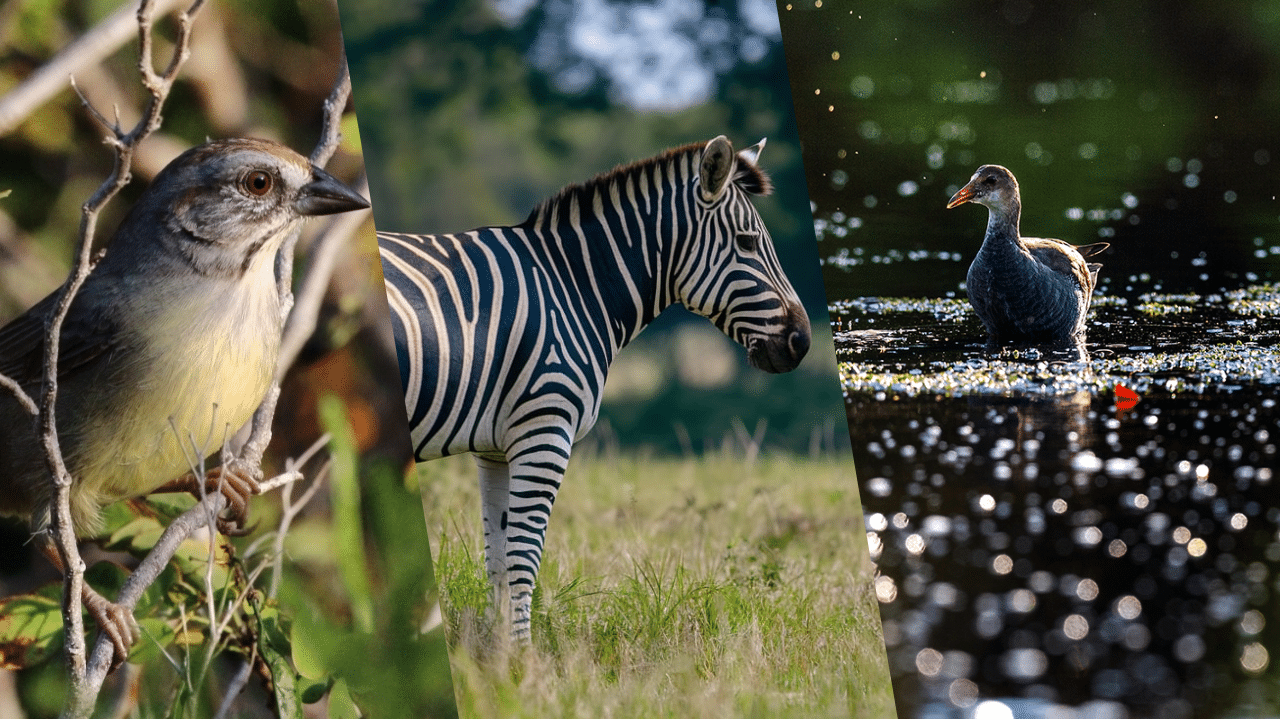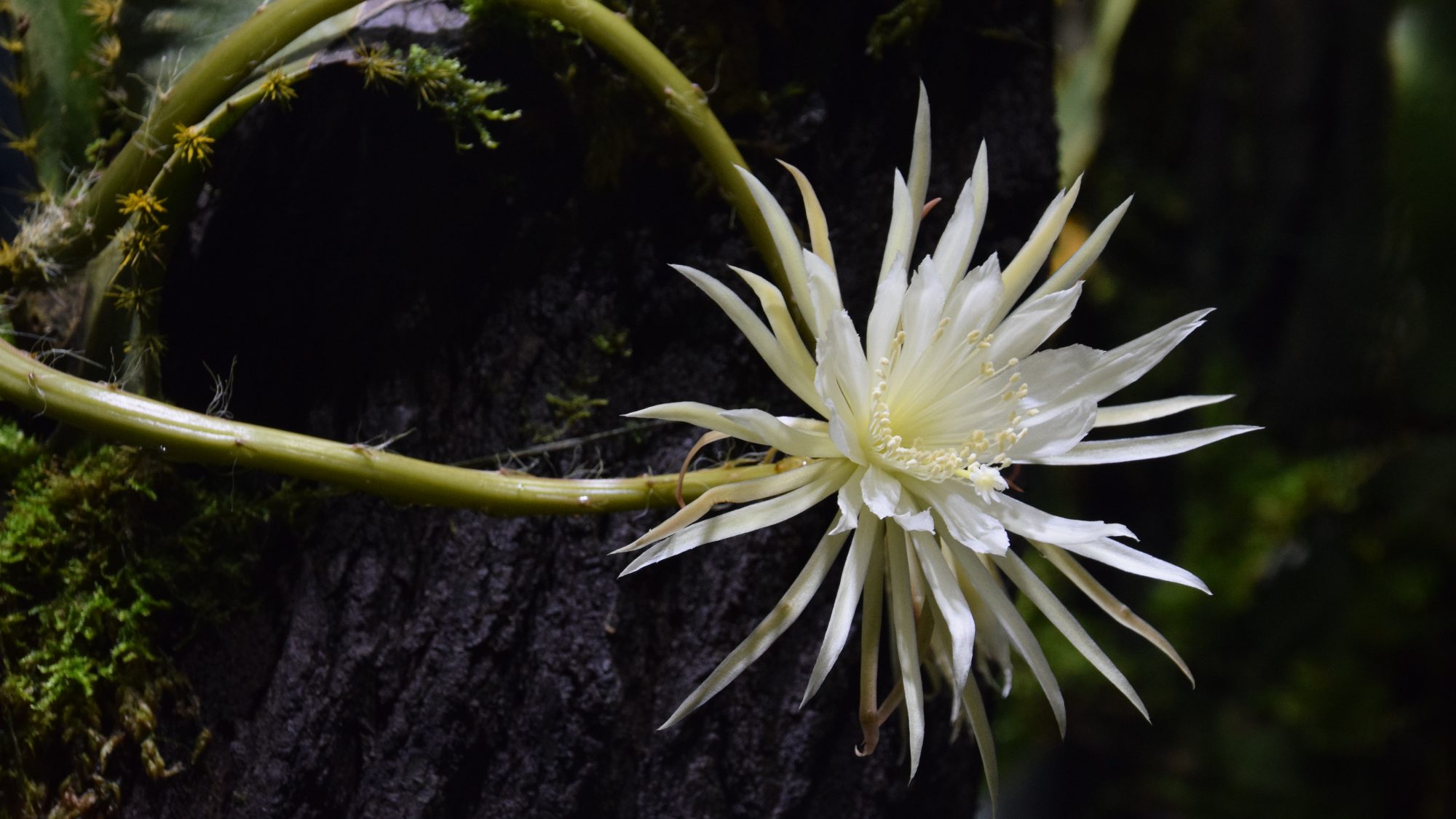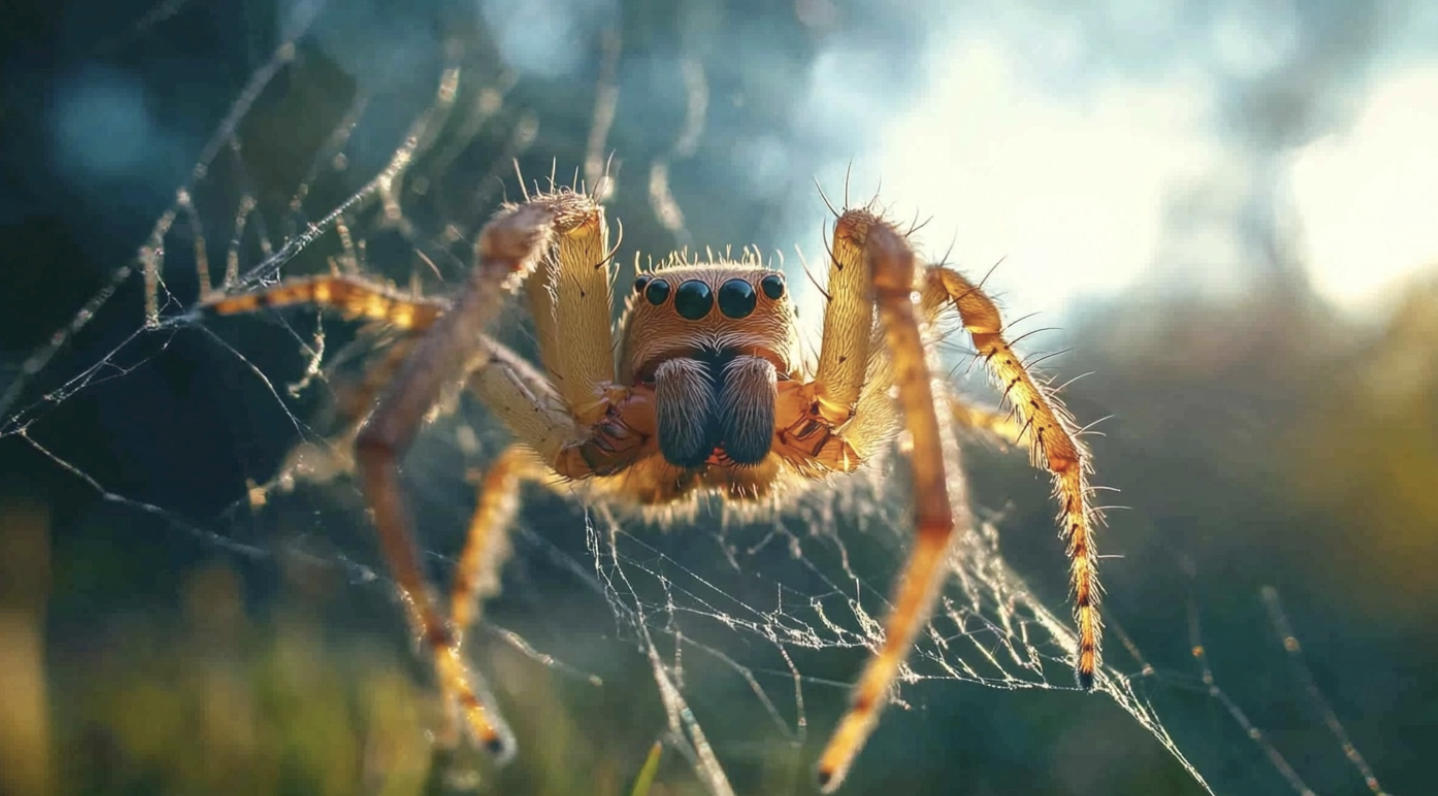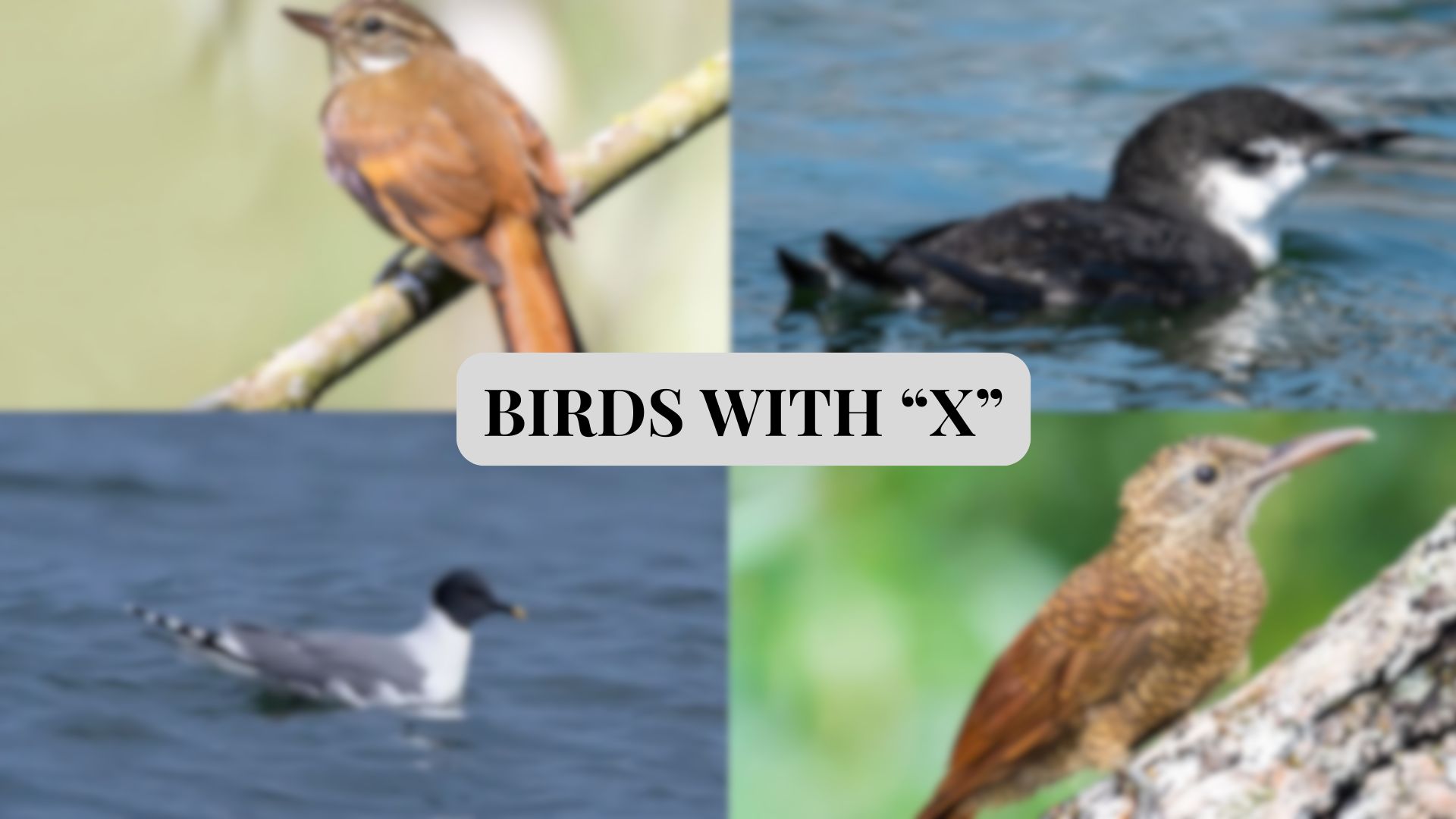
Have you ever heard of birds whose names start with the letter X? Birds with X names are some of the most intriguing creatures in the world!
From the tiny Xantus’s Hummingbird that zips through the air to the mysterious Xinjiang Ground-Jay that walks on desert floors, these birds have amazing skills.
Some, like the Xenops, can climb trees upside down! Others, like the Xeme, fly across entire oceans.
These special birds live in many different places – from hot deserts to thick rainforests and even open seas.
Each X bird has its special way of finding food, building homes, and staying safe from danger. Get ready to uncover amazing birds with names that start with X!
A Collection of Incredible Birds with the Letter “X”
1. Xantus’s Hummingbird
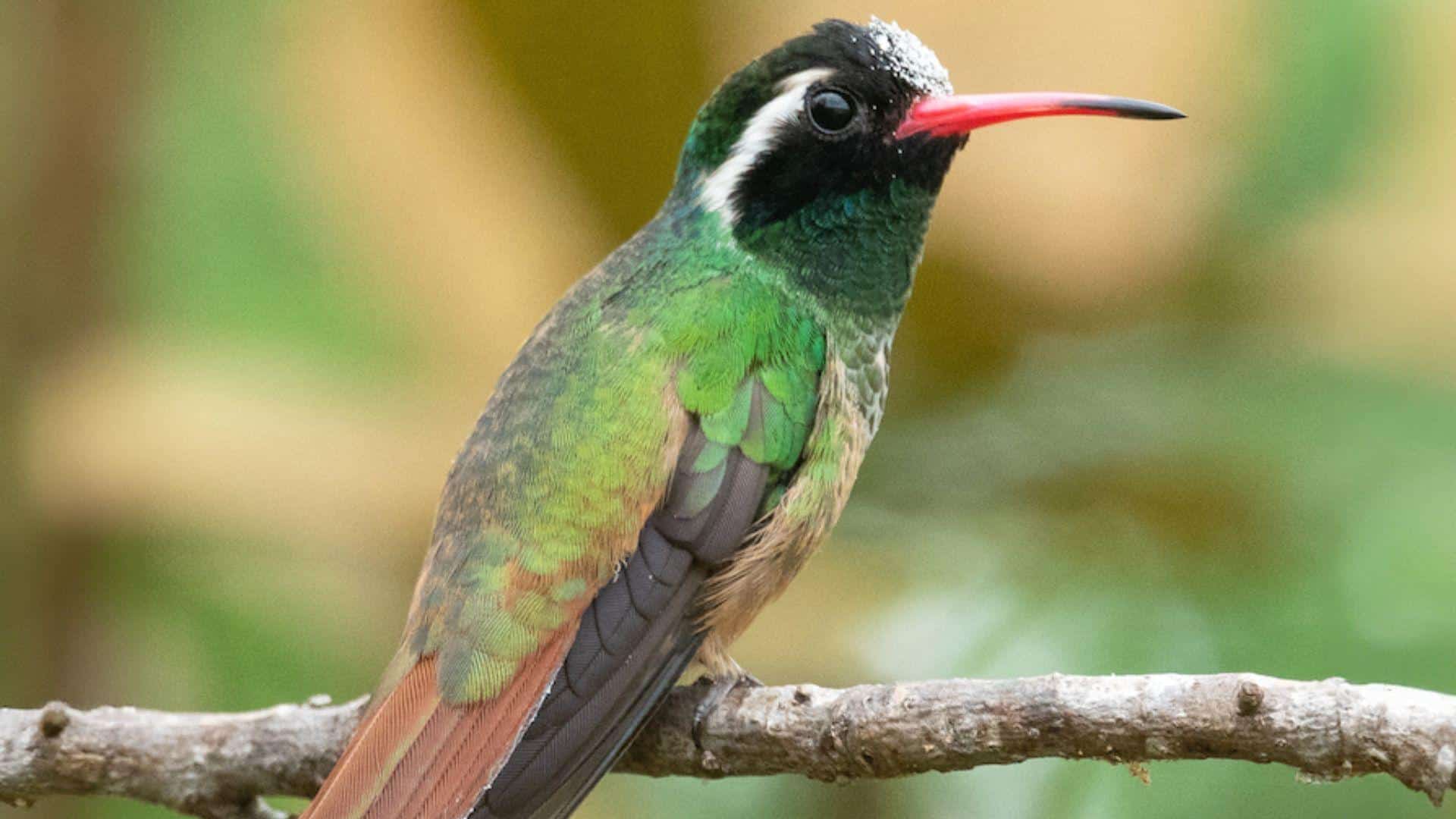
Xantus’s Hummingbird is a small, iridescent bird found in the deserts and scrublands of Baja California.
Its plumage is a range of colors, mainly emerald green and violet. Its slender, curved bill is perfect for feeding on nectar.
The bird is known for its agility and rapid flight, often darting between flowers to feed. This hummingbird plays an important role in pollination due to its frequent visits to flowers.
It has a strong territorial nature, often defending its feeding grounds from other birds.
- Region of Habitat: Baja California
- Scientific Name: Hylocharis xantusii
- Feeding Habits: Feeds primarily on nectar but also consumes small insects for protein.
- What Sound They Make: A series of rapid, high-pitched trills.
Fun Facts
Xantus’s Hummingbird is named after the Hungarian ornithologist John Xantus, who found the species in the mid-19th century.
Despite its small size, it can travel long distances while feeding on nectar from various types of flowers.
2. Xavier’s Greenbul
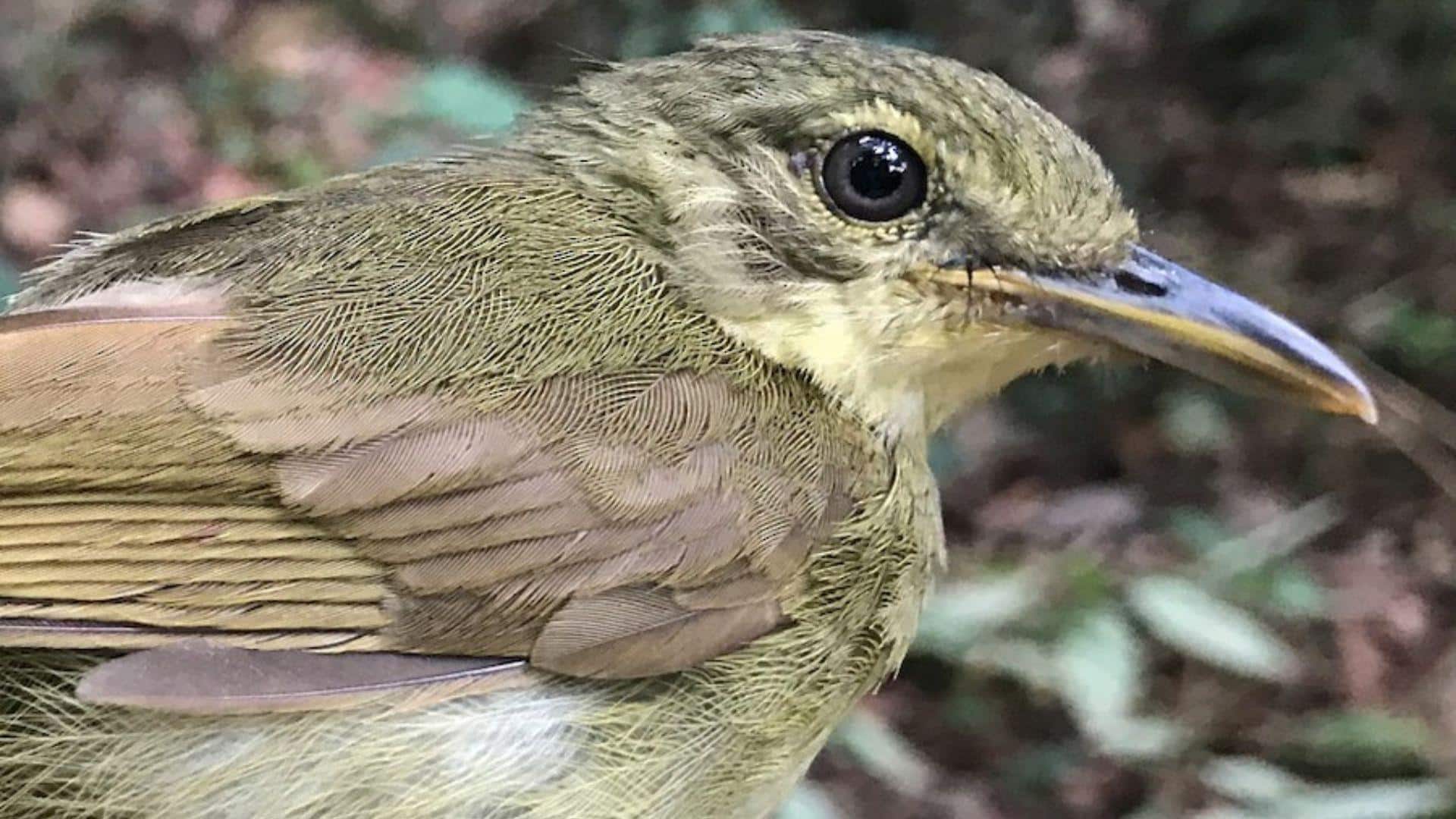
Xavier’s Greenbul is a small, olive-colored bird found in the forests of Central Africa, particularly in Cameroon and Nigeria. It is known for its distinctive call and relatively elusive behavior, typically staying hidden within dense foliage.
This bird forages for insects and fruits, using its sharp beak to help with picking. Xavier’s Greenbul tends to remain low in the underbrush and is not easily seen by birdwatchers. It is an important insect controller in its ecosystem, keeping insect populations in check.
- Region of Habitat: Central Africa (Cameroon, Nigeria)
- Scientific Name: Andropadus virens
- Feeding Habits: Primarily insectivorous but will also consume berries and fruits.
- What Sound They Make: A series of soft whistles and trills.
Fun Facts
Xavier’s Greenbul is named after the famous ornithologist Xavier. These birds are difficult to spot due to their camouflaged plumage and tend to stay deep within the forest canopy, making them a rare sight for birdwatchers.
3. Xingu Scale-backed Antbird
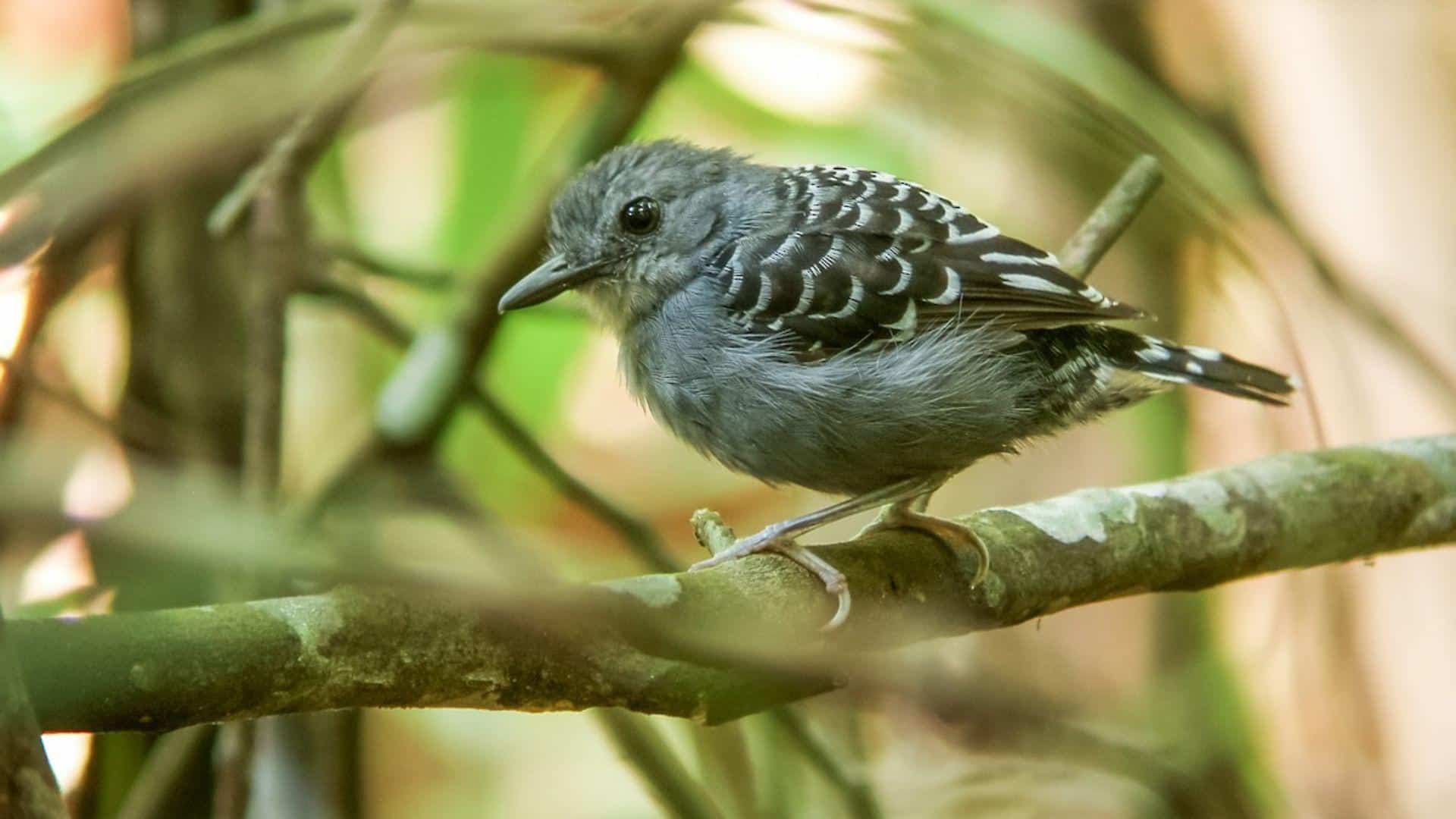
The Xingu Scale-backed Antbird is a small, striking bird native to the Amazon rainforest. Known for its intricate scale-like patterns on its back, this bird is often found near the forest floor where it hunts for ants and other small insects.
The Xingu Scale-backed Antbird is a shy species rarely seen in the open. Its specialized feeding habits help control ant populations, making it a vital part of the ecosystem.
It prefers dense undergrowth and is often found in mixed-species flocks.
- Region of Habitat: Amazon rainforest, Brazil
- Scientific Name: Hafferia fimbriata
- Feeding Habits: Feeds on ants, termites, and other small insects found on the forest floor.
- What Sound They Make: A harsh, dry series of calls that sound like “kek-kek-kek.”
Fun Facts
The Xingu Scale-backed Antbird has specialized in hunting ants, using its sharp beak to tear through colonies. Despite its shy nature, it plays an important role in controlling insect populations in the forest.
4. Xinjiang Ground-Jay
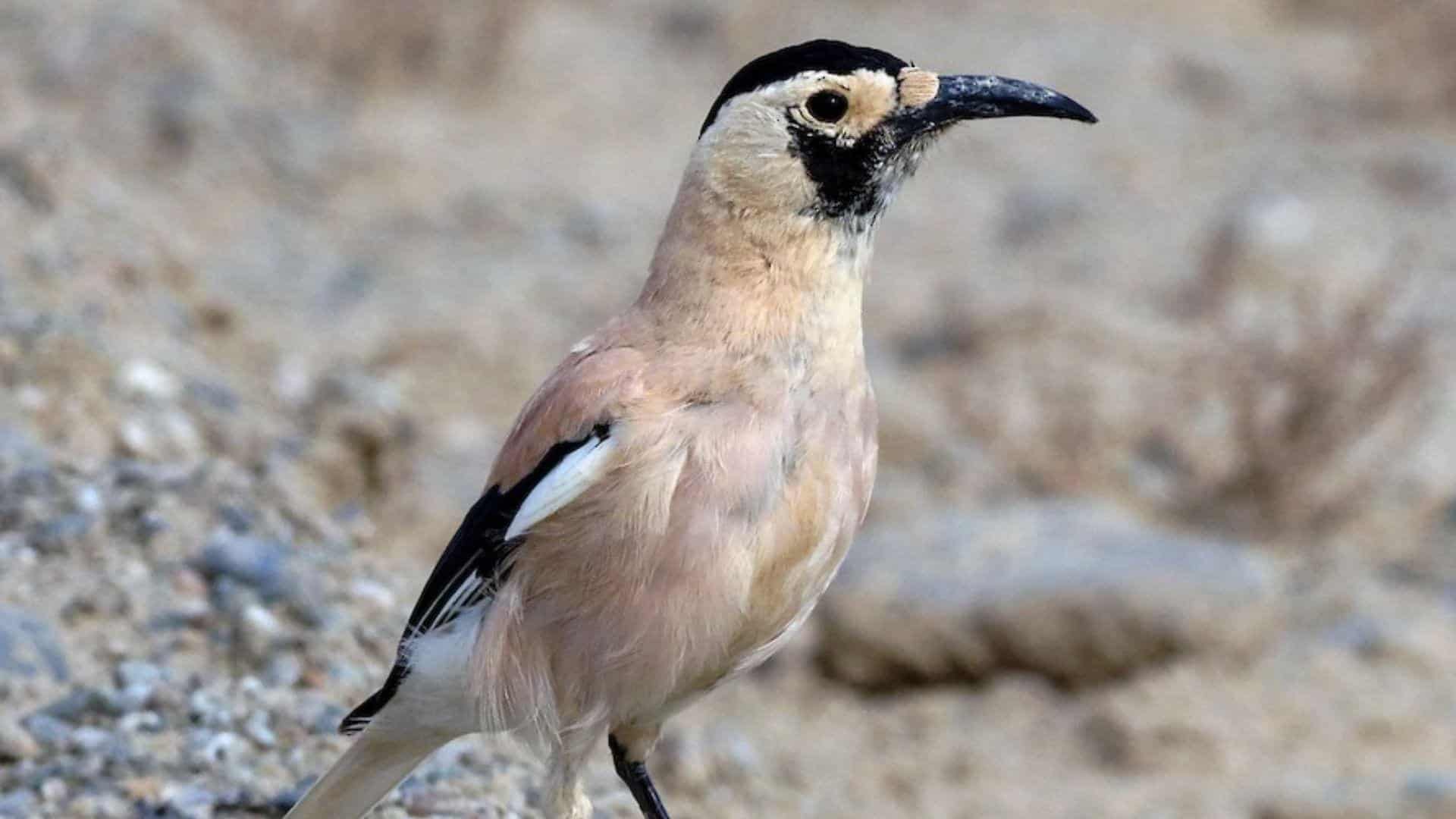
The Xinjiang Ground Jay is a medium-sized bird found in the arid regions of China’s Xinjiang Province.
Its pale, sandy-colored plumage helps it blend into its dry, rocky habitat. This bird is primarily a ground-dweller and feeds mainly on seeds and small insects, often foraging on the ground.
It has adapted to life in a harsh environment, able to survive in areas with little water. The Xinjiang Ground-Jay is typically seen hopping and walking in search of food.
- Region of Habitat: Xinjiang Province, China
- Scientific Name: Podoces biddulphi
- Feeding Habits: Primarily feeds on seeds, small insects, and plant matter.
- What Sound They Make: A low, melodious whistle mixed with clicking sounds.
Fun Facts
The Xinjiang Ground Jay has adapted to harsh desert conditions by developing a strong ability to forage and survive in areas with very little water. It’s known for hiding from predators in the arid landscape.
5. Xenopsaris Albinucha
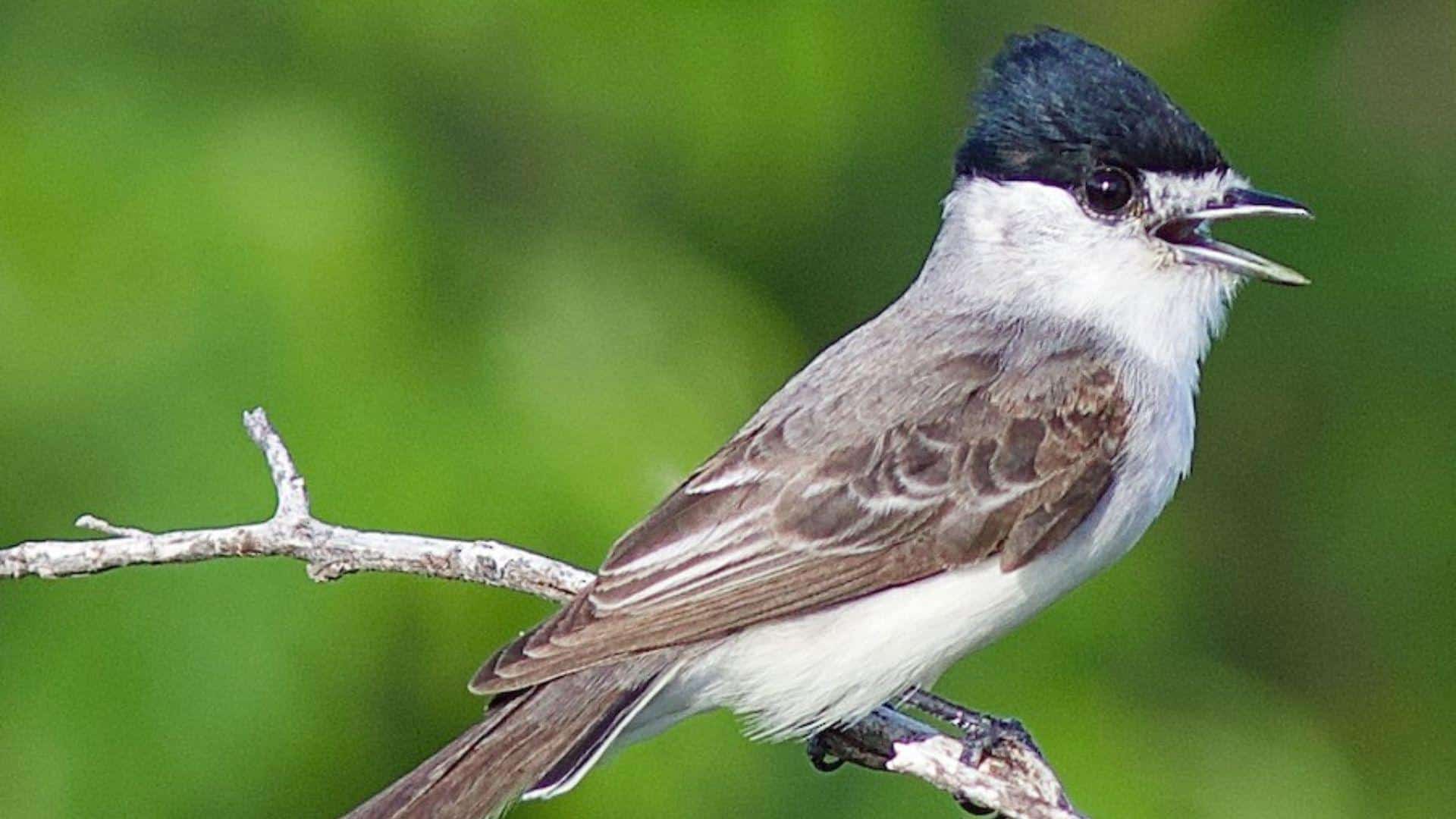
Xenopsaris Albinucha, also known as the White-headed Xenops, is a small bird found in the tropical regions of South America.
Its striking white head and olive-brown body make it quite distinctive. The White-headed Xenops is active and social, often participating in mixed-species flocks and helping protect itself from predators while foraging.
- Region of Habitat: Tropical forests of South America
- Scientific Name: Xenopsaris albinucha
- Feeding Habits: Primarily feeds on insects, particularly ants, termites, and beetles.
- What Sound They Make: Mimicry of other bird species, producing various calls.
Fun Facts
Xenopsaris Albinucha is an excellent mimic, often copying the calls of other birds around it. This ability helps it blend in and avoid predators. The bird’s mimicry also plays a role in social interactions with other species.
6. Xantus’s Murrelet

Xantus’s Murrelet is a seabird found along the rocky coastlines of Baja California. It is a small, dark bird with white underparts and a unique, silent flight.
This bird nests in cliffside caves, laying one egg at a time. It forages for small fish and marine invertebrates by plunging into the sea.
The Xantus’s Murrelet has grown to be a quiet and efficient diver. It plunges into the water to hunt for its food, relying on stealth rather than loud calls.
- Region of Habitat: Coastal Baja California
- Scientific Name: Synthliboramphus hypoleucus
- Feeding Habits: Feeds on small fish and invertebrates, plunging to catch prey.
- What Sound They Make: A series of soft, low whistles and chirps.
Fun Facts
Xantus’s Murrelet is known for its remarkable diving abilities, plunging to great depths to catch fish. It is also one of the few seabirds that nest in cliffside caves, offering protection from predators.
7. Xeme

The Xeme is a small, agile seabird found in the northern Pacific Ocean. It is often seen in large flocks, flying gracefully over the water.
Its plumage is mostly white, with some grey on the wings. It feeds primarily on fish by plunging into the water.
The Xeme is a migratory bird known for traveling vast distances across the Pacific. It is often spotted near coastal areas, where it is highly skilled at hunting small fish.
- Region of Habitat: Northern Pacific Ocean
- Scientific Name: Xema sabini
- Feeding Habits: Feeds on small fish, catching them through shallow dives.
- What Sound They Make: A sharp, high-pitched call, often repeated in flight.
Fun Facts
The Xeme is known for its long migrations across the Pacific, often traveling from the Arctic to the Southern Hemisphere. This bird’s long-distance flight abilities make it a remarkable traveler in the bird world.
8. Xingu Woodcreeper
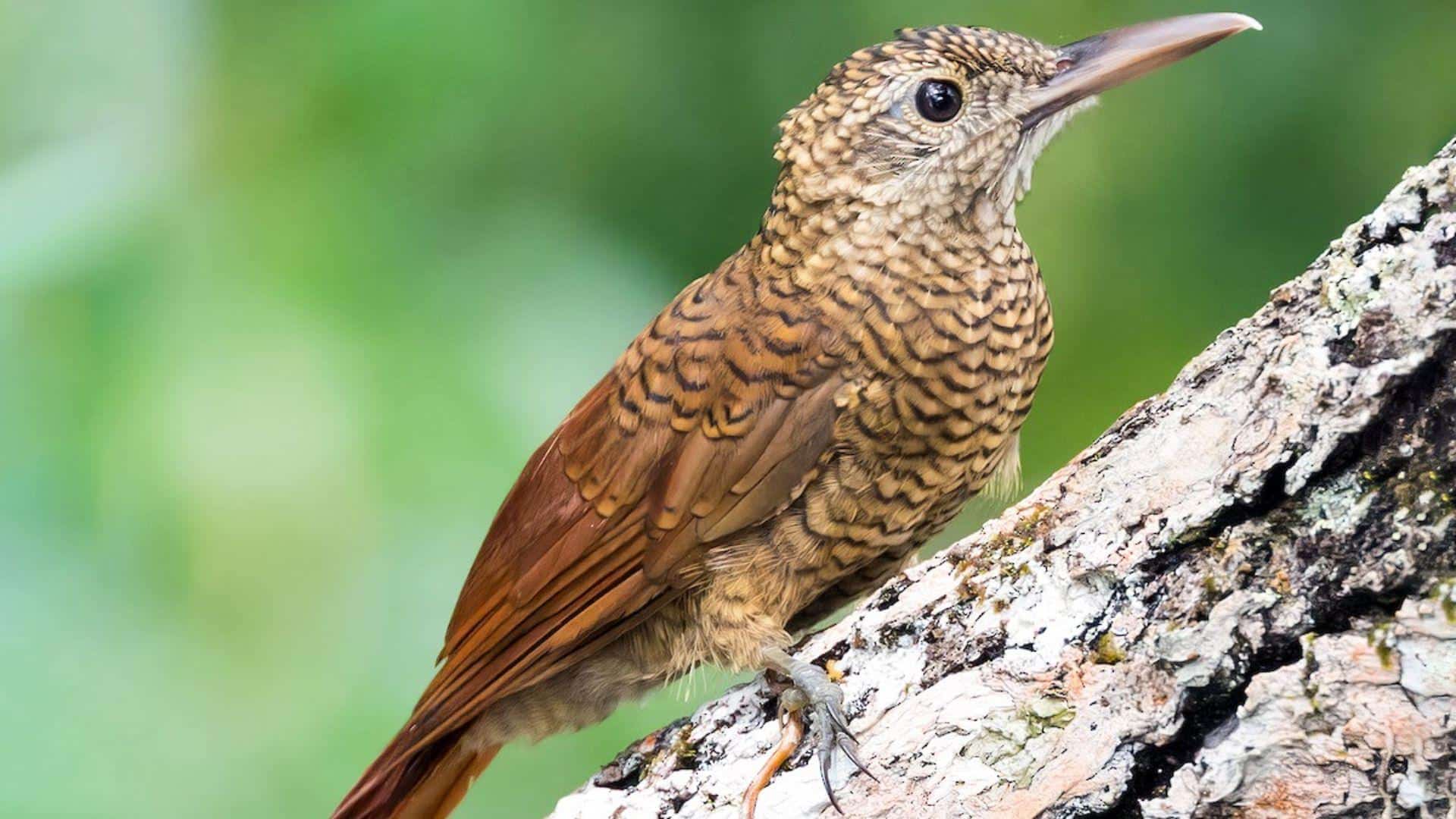
The Xingu Woodcreeper is a small bird found in the Amazon basin. It has a long, pointed beak and an impressive ability to climb tree trunks.
It uses its beak to extract insects and other small prey from tree bark, and it is often seen scaling vertical surfaces in search of food.
This bird plays an important role in controlling the insect populations in the Amazon. It uses its strong claws to hold on to trees while searching for food.
- Region of Habitat: Amazon basin, Brazil
- Scientific Name: Lepidocolaptes souleyetii
- Feeding Habits: Feeds on insects, larvae, and small invertebrates found under tree bark.
- What Sound They Make: A rapid series of high-pitched calls, often repeated in quick succession.
Fun Facts
The Xingu Woodcreeper is one of the best climbers in the bird world. Its strong toes and long tail help it cling to tree trunks as it searches for food. The woodcreeper is a vital part of the Amazon ecosystem, helping to control insect populations.
9. Xenops
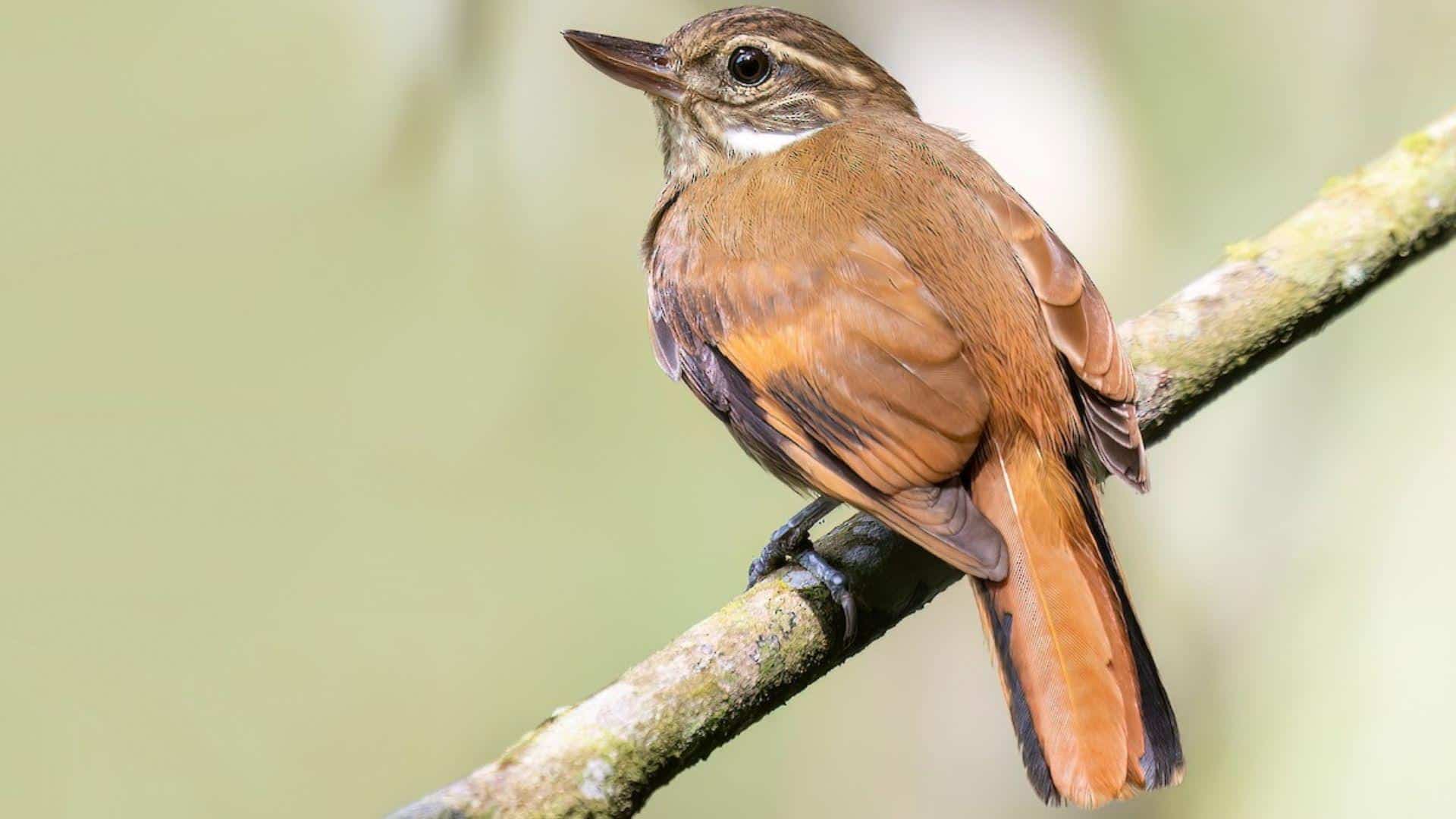
Xenops is a small, active bird found in the tropical forests of Central and South America. It has a distinctive, upright posture and is known for its energetic foraging habits.
The bird feeds on ants and termites, often picking them off tree bark and leaves with its sharp, specialized bill.
Xenops is a nimble forager. It uses its bill to pry open bark and extract hidden insects that many other birds cannot access.
- Region of Habitat: Central and South America
- Scientific Name: Xenops minutus
- Feeding Habits: Feeds on ants, termites, and small insects found in the bark of trees.
- What Sound They Make: A series of sharp, high-pitched calls.
Fun Facts
Xenops is particularly known for its foraging technique. It uses its specialized bill to pry open tree bark and extract hidden insects. Despite its small size, it plays a significant role in keeping the insect population in check.
Wrapping It Up
Birds with X names might be hard to find, but they’re worth looking for! These special birds live all around the world, from the forests of South America to the deserts of China.
Some, like Xantus’s Hummingbird, help plants grow by moving pollen as they drink sweet nectar. Others, like the Xingu Woodcreeper, keep forests healthy by eating bugs that might harm trees.
Though many X birds stay hidden in their homes, they all play important jobs in nature. Whether they’re plunging deep into ocean waters or climbing up tree trunks, these birds show how amazing nature can be.
The next time you look up at the sky or into the trees, remember – the world of X birds is waiting to be X-plored!
If you’re interested in more informative animal & wildlife content, feel free to click here and explore other blogs you might enjoy!


